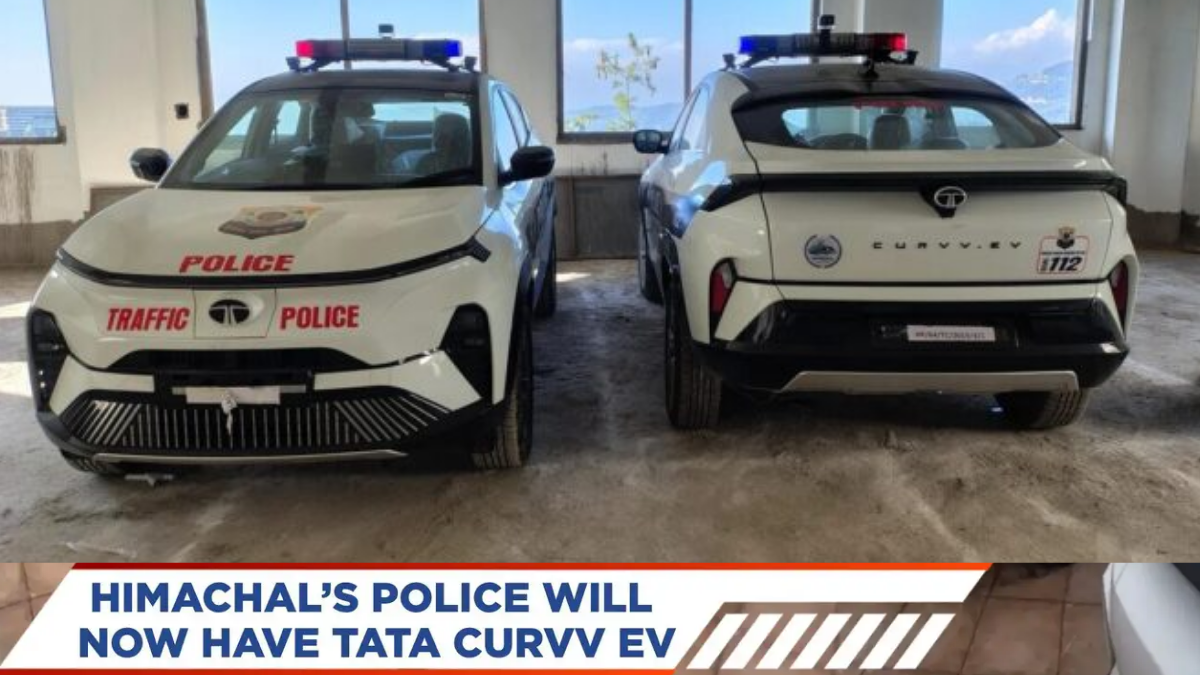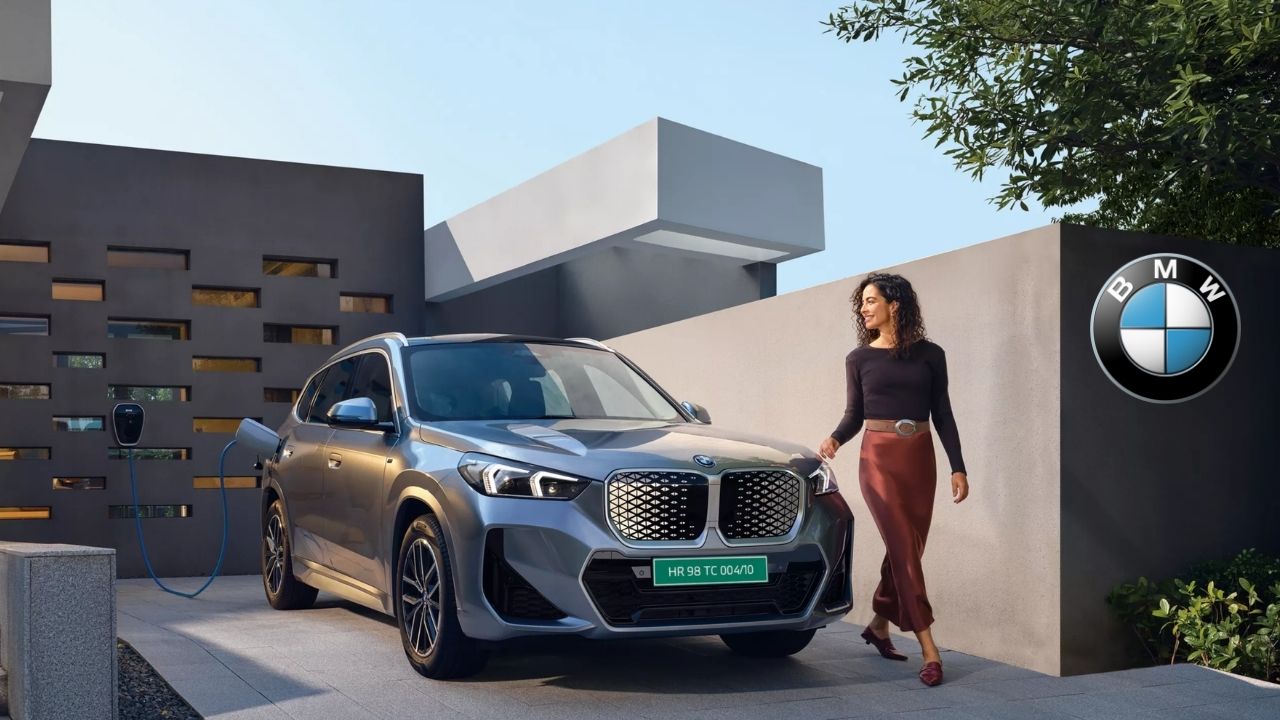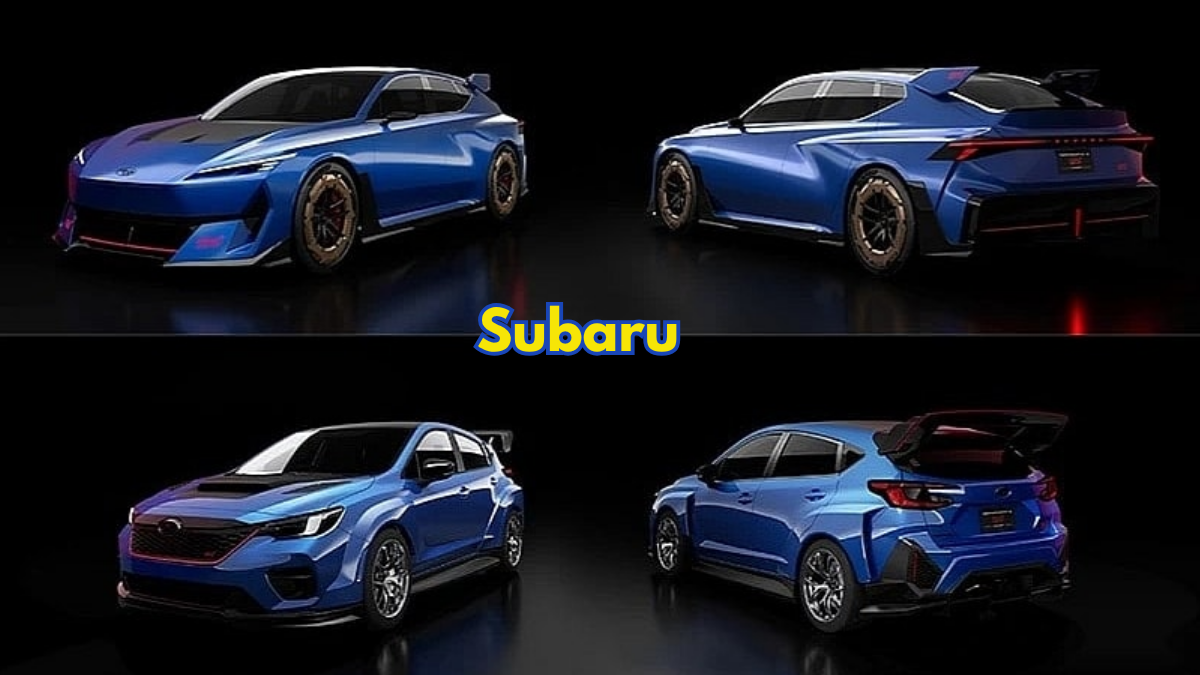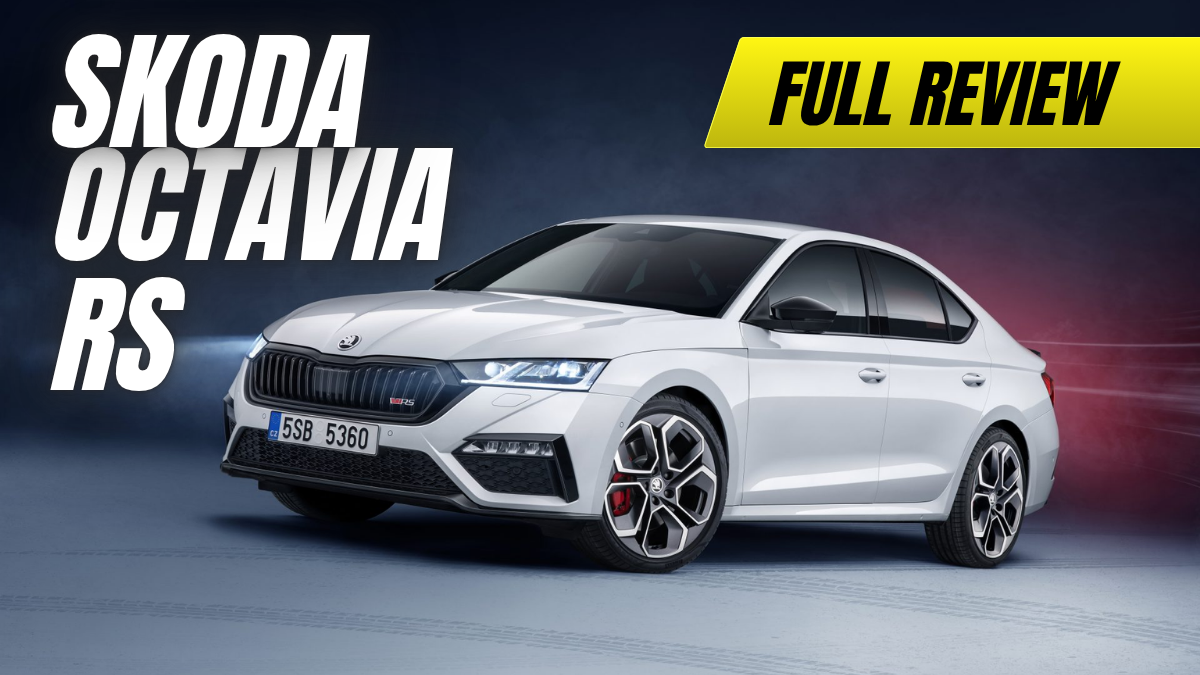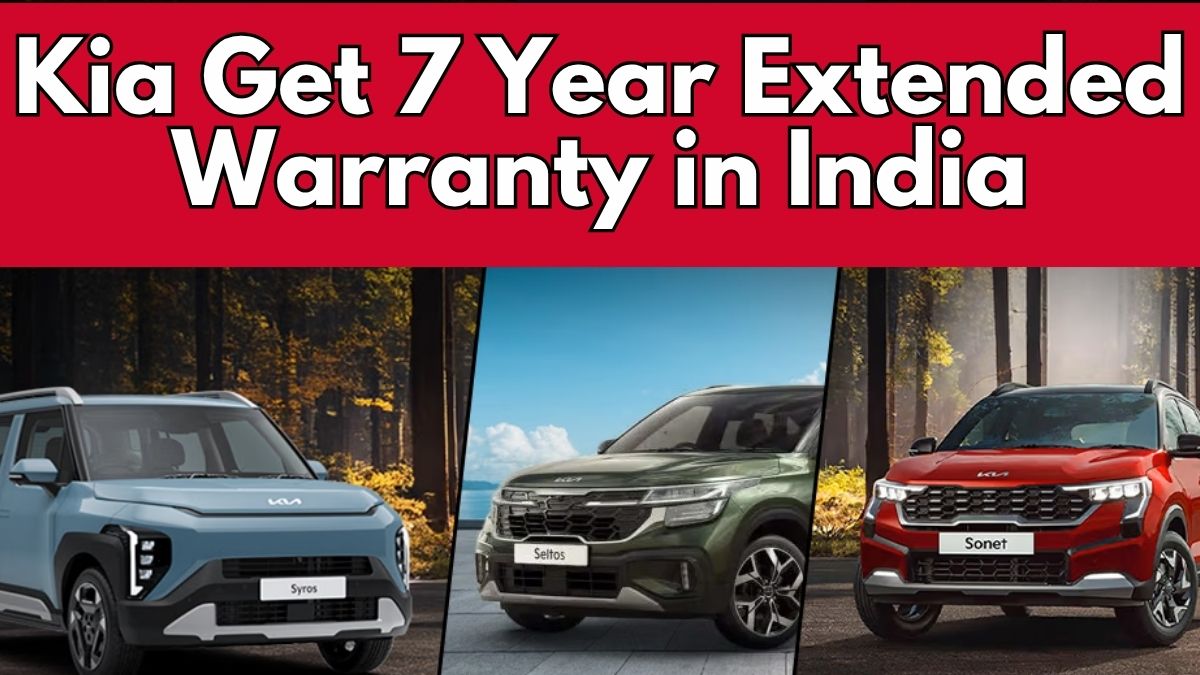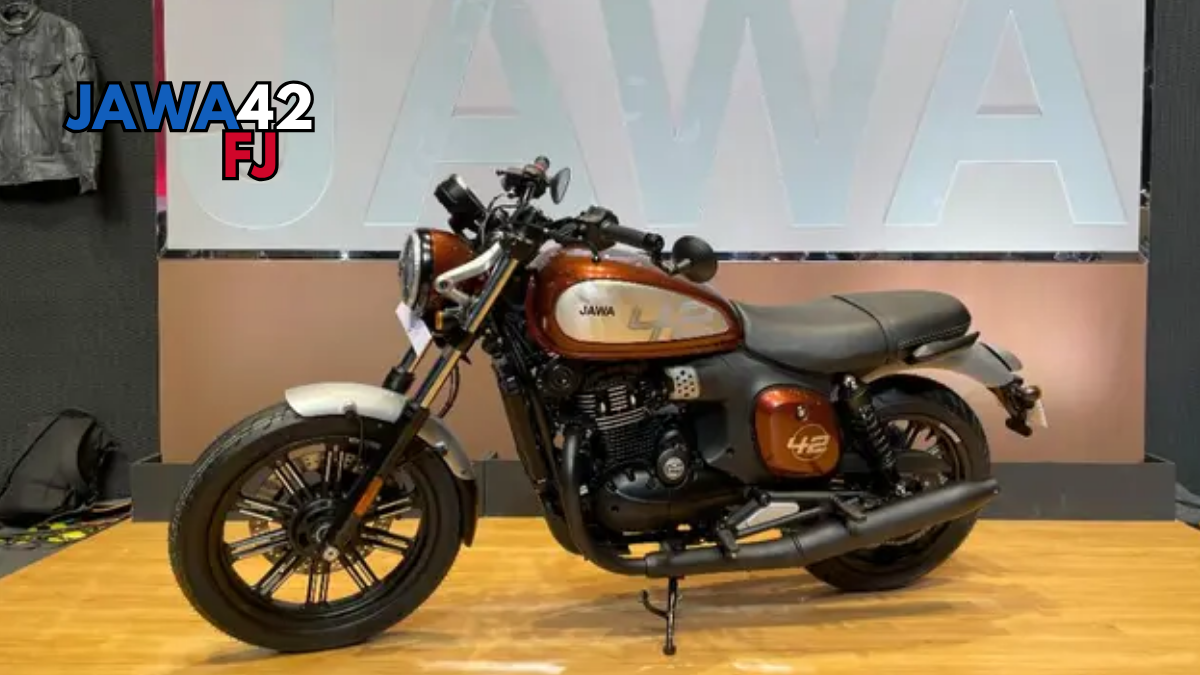The Himachal Pradesh State Police has inducted the Tata Curvv EV into its fleet an eye-catching shift for a force traditionally associated with hardy body-on-frame SUVs like the Mahindra Bolero and Scorpio. Beyond optics, this move carries technical logic: EVs are largely unaffected by the oxygen-thin realities of high altitude, whereas internal-combustion engines can lose power as elevation rises. The Curvv EV in police spec arrives with visual and functional upgrades to meet frontline requirements in hilly terrain, while retaining the practicality, efficiency, and lower running costs that make electric patrol vehicles increasingly attractive to government agencies.
Below is a complete, reader-friendly breakdown of the Curvv EV’s police-specific modifications, why EVs make sense in the mountains, expected operational roles, performance and range highlights, and answers to frequent questions.
Why an EV for Himachal Pradesh Police?
High-Altitude Advantage
Himachal Pradesh’s operations span altitudes from about 350 meters to nearly 7,000 meters above sea level. As elevation rises, oxygen levels thin negatively affecting combustion and, by extension, ICE engine power and efficiency. Electric motors, by contrast, do not depend on oxygen; their output is essentially unaffected by altitude. This translates to more consistent performance for hill climbs and patrols in rarefied environments.
Regenerative Braking and Control
Frequent descents on mountain roads are an EV advantage: regenerative braking helps recapture energy while adding braking assistance during long downhill sections. Combined with the immediate torque delivery of an electric motor, this can provide precise control on steep gradients, enhancing safety and response times.
Operational Economy and Availability
Government fleets value predictable running costs. Electricity pricing is relatively stable compared to petrol/diesel volatility, and EVs typically require less routine maintenance (no oil changes, fewer moving parts). For a police fleet, that can mean greater uptime and a more efficient budget over the vehicle’s service life.
Short Summary
Item |
Details |
|---|---|
What’s New |
Tata Curvv EV inducted into the Himachal Pradesh Police fleet |
Why It Matters |
EV performance is not significantly impacted by high altitude; lower running costs and quieter operation aid policing |
Police-Specific Mods |
White base with “POLICE” livery, Road Safety Enforcement markings, “Dial 112,” roof-mounted LED strobes with siren; interior provisions for secure firearm storage, onboard computing, and wireless comms |
Powertrain |
Single front-motor EV; up to 165 bhp, 215 Nm |
Battery & Range |
Up to 55 kWh battery; 502 km expected range (claimed under ideal conditions) |
Use Case Fit |
Highway patrols on hill routes, road safety enforcement, rapid response within urban hill towns |
Official Site |
Police-Specific Modifications on the Tata Curvv EV
The Himachal Pradesh Police Curvv EVs arrive with visual and functional upgrades tailored to enforcement duties:
- Exterior Livery and Identification:
A white base coat with bold “POLICE” branding. Road Safety Enforcement markings and “Dial 112” stickers improve public recognition, while reflective decals assist low-light visibility. - Roof-Mounted LED Strobe Lights and Siren:
Prominent LED strobe bars likely integrate siren hardware to ensure visibility and audible presence during emergencies and roadside checks. - Interior Adaptations for Duty:
Provisions for secure firearm storage, onboard computing (for report logging, e-challans, and database access), and wireless communications. These upgrades enable field officers to operate as a mobile command node, especially useful on highways and passes far from stations.
These modifications preserve cabin ergonomics while turning the Curvv EV into a fully functional patrol unit capable of rapid response, traffic enforcement, and road safety interventions on mountain corridors.
Performance, Battery, and Range
- Motor and Drive:
The Curvv EV deployed to the fleet uses a single electric motor driving the front wheels. The setup is tuned for predictable traction and efficient energy use in mixed hill-city cycles. - Output:
Up to 165 bhp and 215 Nm of torque provide confident hill climbs, quick overtakes on short straights between bends, and smooth low-speed maneuvering through hill towns. - Battery Capacity:
Up to 55 kWh of usable capacity supports extended patrols, with easy top-ups during shift rotations. - Expected Range:
A claimed 502 km on a full charge under ideal conditions. Real-world range will vary with elevation changes, ambient temperature, payload, siren/lights usage, and driving style. Mountain ascents do consume more energy; however, regenerative braking on descents helps recover part of that energy.
Where the Curvv EV Fits in Police Operations
- Highway Patrol and Road Safety Enforcement
The vehicle’s acceleration and stable handling suit quick response to incidents, while the roof-mounted strobes and clear police livery improve traffic compliance during checks. - Urban Patrols in Hill Towns
Narrow roads and frequent stop-go traffic favor EV torque characteristics. Quieter operation also aids night patrols, reducing noise pollution. - Tourist Season Management
During peak tourist inflow, police require continuous presence on key arteries and choke points. Lower running costs and easy top-ups enable longer coverage windows.
Charging and Logistics Considerations
For sustained deployment in hills, charging network planning is crucial. Police depots can deploy AC wallboxes for overnight charging and select DC fast-chargers at strategic outposts. In practice, the fleet can rotate vehicles so that charging aligns with shift changes, ensuring availability without operational interruptions.
Pros and Practical Watch-Outs
Advantages
- Consistent performance at altitude
- Lower routine maintenance and energy costs
- Regenerative braking support on long descents
- Quieter operation for urban and night duties
Watch-Outs
- Range can drop on extended ascents; planning top-ups is essential
- Siren and emergency electrical loads marginally impact range
- Charging infrastructure must be reliable at police bases and outposts
Frequently Asked Questions (FAQs)
1) Why did Himachal Pradesh Police choose an EV like the Curvv?
Because altitude does not degrade EV motor output like it does ICE engines. EVs also offer lower running costs, strong low-speed control, and regenerative braking useful for hill policing.
2) What modifications were made for police duty?
POLICE livery, Road Safety Enforcement and Dial 112 markings, LED strobe bar with siren, and interior provisions for secure firearm storage, onboard computing, and wireless communication.
3) What is the expected range and battery size?
Up to 55 kWh battery capacity with an expected 502 km range under ideal conditions. Real-world range varies by terrain, temperature, payload, and driving style.
4) Is the Curvv EV all-wheel drive?
The fleet version is described as front-wheel drive with a single motor. AWD is not indicated for these units.
5) How will charging be handled in remote posts?
Police depots can use AC charging daily, with DC fast chargers at select nodes. Fleet rotation ensures vehicles charge during shift changes.
6) Does running sirens and lights reduce range?
Yes, auxiliary electrical load consumes energy, though typically a smaller share compared to propulsion. Hilly ascents have a larger impact; regenerative braking helps on descents.
7) Will EVs replace all police SUVs in the state?
Unlikely in the short term. EVs will complement existing rugged ICE vehicles, with deployment tailored to duty profiles and charging access.
Official Site
For the latest information on Tata’s electric vehicles, visit:
Tata Motors EV – Official
For More Information Click HERE

